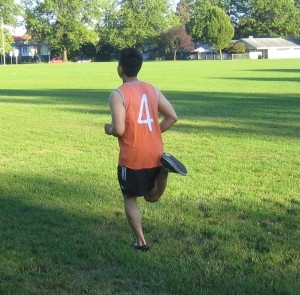Corns are considered as common conditions of the feet and they are comprised of hard and dead skin. Hard corns can occur on the top and sides of the toes while the soft corns can form between the toes. Soft corns can be irritating and usually causes pain and infection.
A corn that develops between the toes is called a soft corn. It is caused by wearing shoes that are too tight, having narrow toe areas and wearing shoes that forces the toe into an awkward position. Soft corn can also develop when there is plenty of moisture trapped in between the toes and when there is friction between the toes due to wearing too tight socks and shoes.
What are the types of corn?

- The seed corn which is known as a “porokeratotic lesion” normally forms on the ball or heel of the foot. It is stiff and shaped like a circle and it forms in the middle of a callus.
- The hard corn which is known as “heloma durum” can develop outside of the baby toe, on the ball of the toe and on top of the toe. In most cases, they are usually thick, compact and hard to the touch.
- The listers corn which is mistaken as a second toenail. It develops on the small toe next to the nail which is hard and looks similar to a toenail.
- The soft corn which is called “heloma molles” forms between the toes and has damp and white skin. It usually develops between the fourth and the fifth toes and sometimes it is called as the kissing corn. Soft corns become infected if left untreated and can cause severe pain when they open and form ulcers between the toes. The two bones between the toes rub each other can cause irritation which eventually develops into soft corns. The moist skin of the corn is caused by the sweat found between the toes. Once it is infected, the soft corn can end intensely sore that the individual might have difficulty walking normally.
Treatment and home remedies of soft corns
- Soak the feet for 20 minutes every day in a soapy water in order to soften the skin and rub them gently using a callus brush.
- Wear a corn pad to be placed between the toes in order to help prevent friction and sweat from causing irritation on the tissues.
- Rub off the dead skin using a pumice stone in order to help avoid irritation and minimize the risk for the development of soft corns.
- Dust off talcum powder over the area in between the toes since this can help keep the surplus moisture from developing between the toes.
- Apply hydrocortisone cream in order to prevent itching and fast healing of an irritated soft corn.
Just remember though that it is best to seek medical help immediately if the pain and swelling persists.
